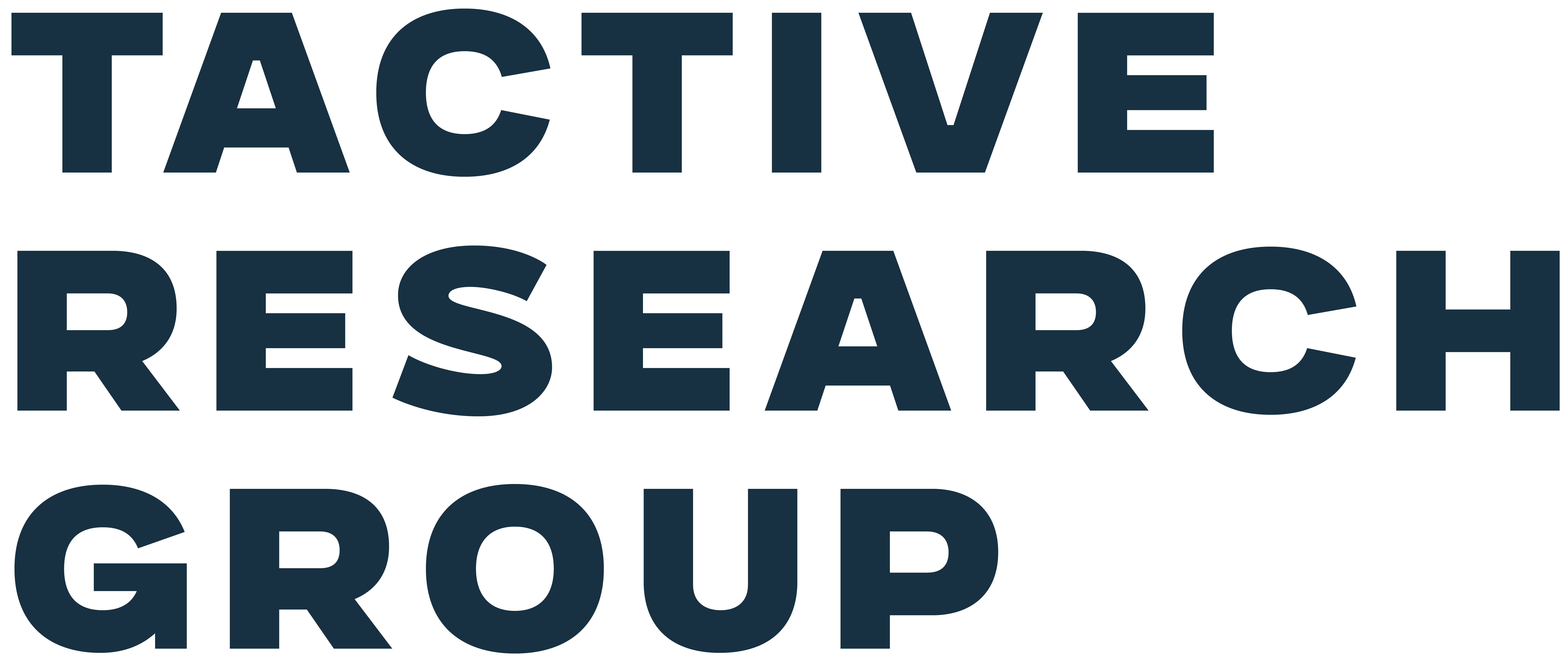Don’t lock yourself into yesterday’s passwords. Passkeys offer a modern, phishing-resistant way to log in, but their rollout is more than plug-and-play. CIOs should initiate structured planning sessions now with product and development teams to ensure any passkey implementation aligns with user needs, accessibility, and cross-platform support.
Why You Should Care
Passkeys aren’t just a trend, they’re the next frontier in secure user authentication. Built on public-key cryptography, passkeys replace vulnerable passwords with a safer, smoother sign-in experience. Google reports passkeys are four times more successful than passwords during login attempts and allow users to sign in twice as fast. Yet, a poor rollout can backfire. Many organizations fail by removing password support prematurely, confusing users, or neglecting accessibility and platform compatibility. With passkeys still maturing and varying by browser and OS, inconsistencies can frustrate users or lock them out altogether.
In addition, users expect fallback options and clear, friendly communication. Successful implementation requires more than just backend integration, it’s a people-first change management exercise. That means educating users, iterating based on feedback, and ensuring multi-device support for seamless cross-platform usage.
With increased regulatory and user expectations around digital identity and privacy, getting passkey authentication right isn’t just smart, it’s strategic.
What You Should Do Next
- Start with planning workshops that map out passkey use cases and cross-platform requirements.
- Pilot passkey use in account-related workflows (sign-in, recovery) without removing passwords just yet.
- Use trusted third-party libraries (e.g., Simple WebAuthn) to speed up development and cover edge cases.
Get Started
- Conduct a user readiness and tech gap assessment. Understand which user journeys benefit most from passkeys and where technical or UX challenges might arise.
- Maintain hybrid authentication for now. Let users choose between passwords and passkeys while adoption builds, this keeps trust high and friction low.
- Educate users proactively. Clearly explain the benefits and show them how to create and manage passkeys. A “set it and forget it” mindset won’t work here.
- Prioritize accessibility and inclusivity. Ensure your passkey workflows meet WCAG standards and offer alternatives to gestures or QR-code scanning.

